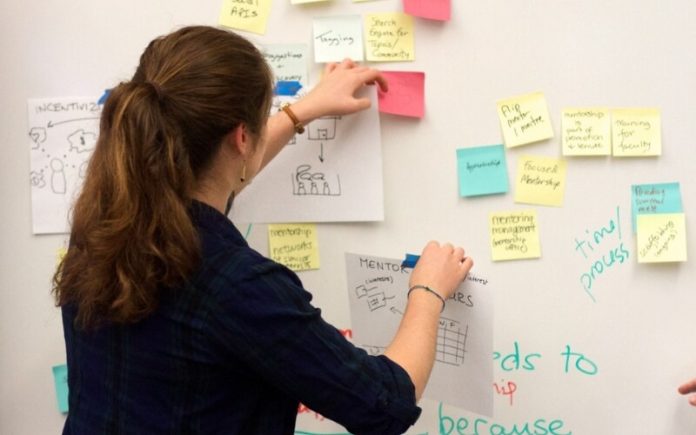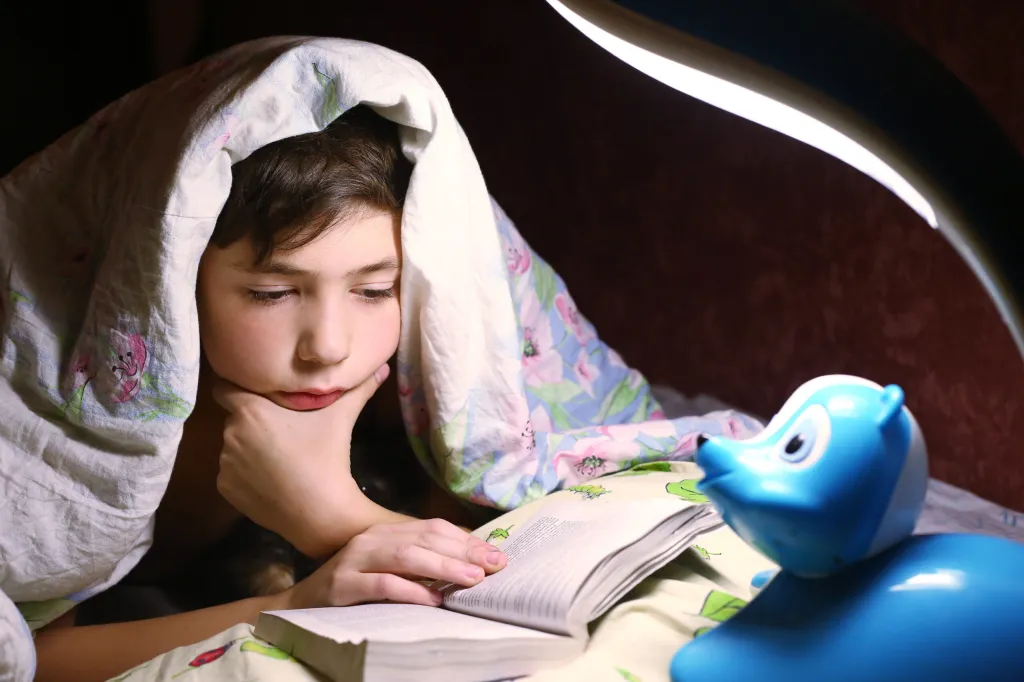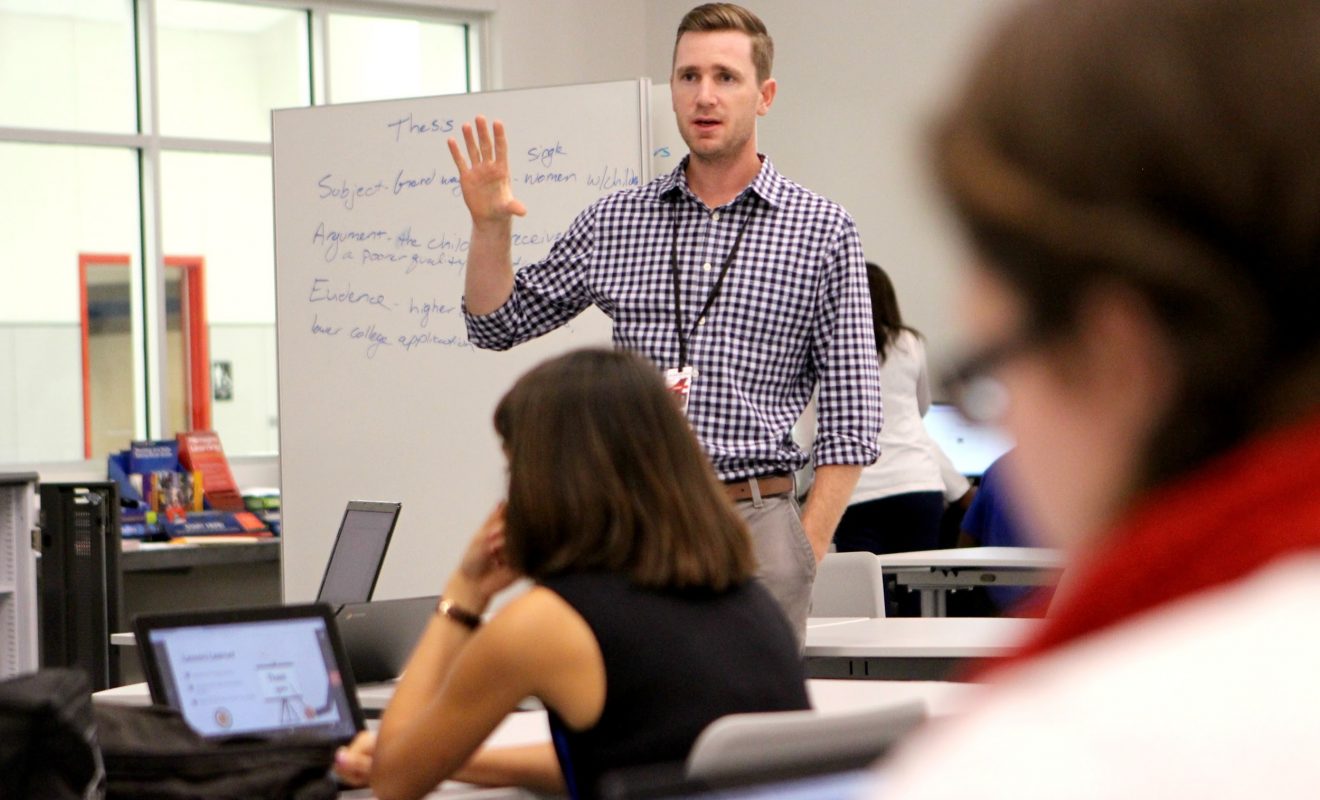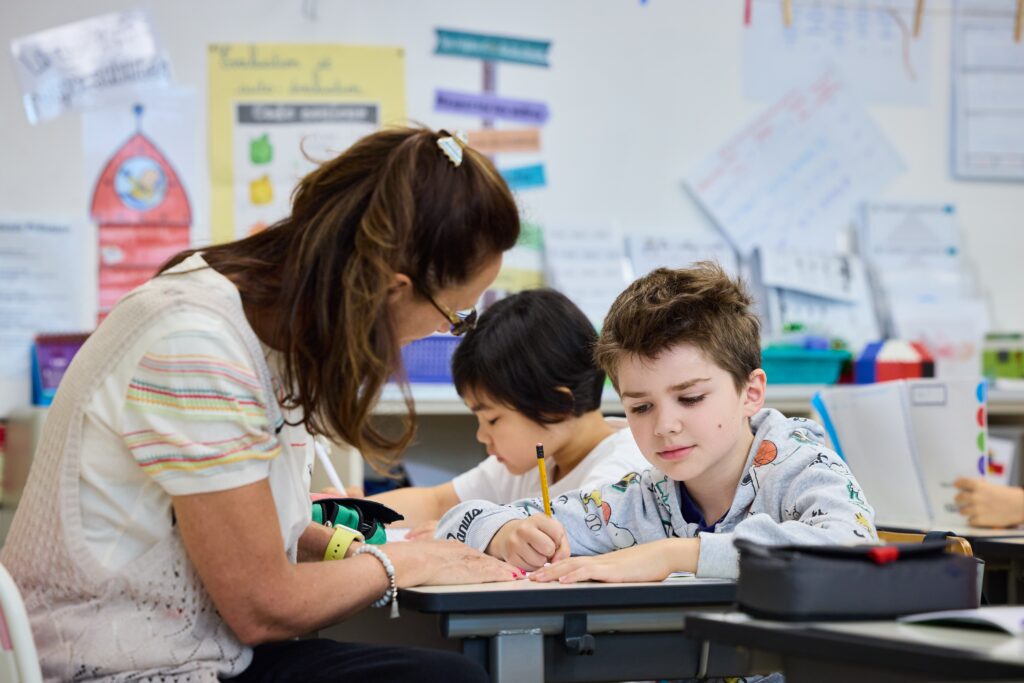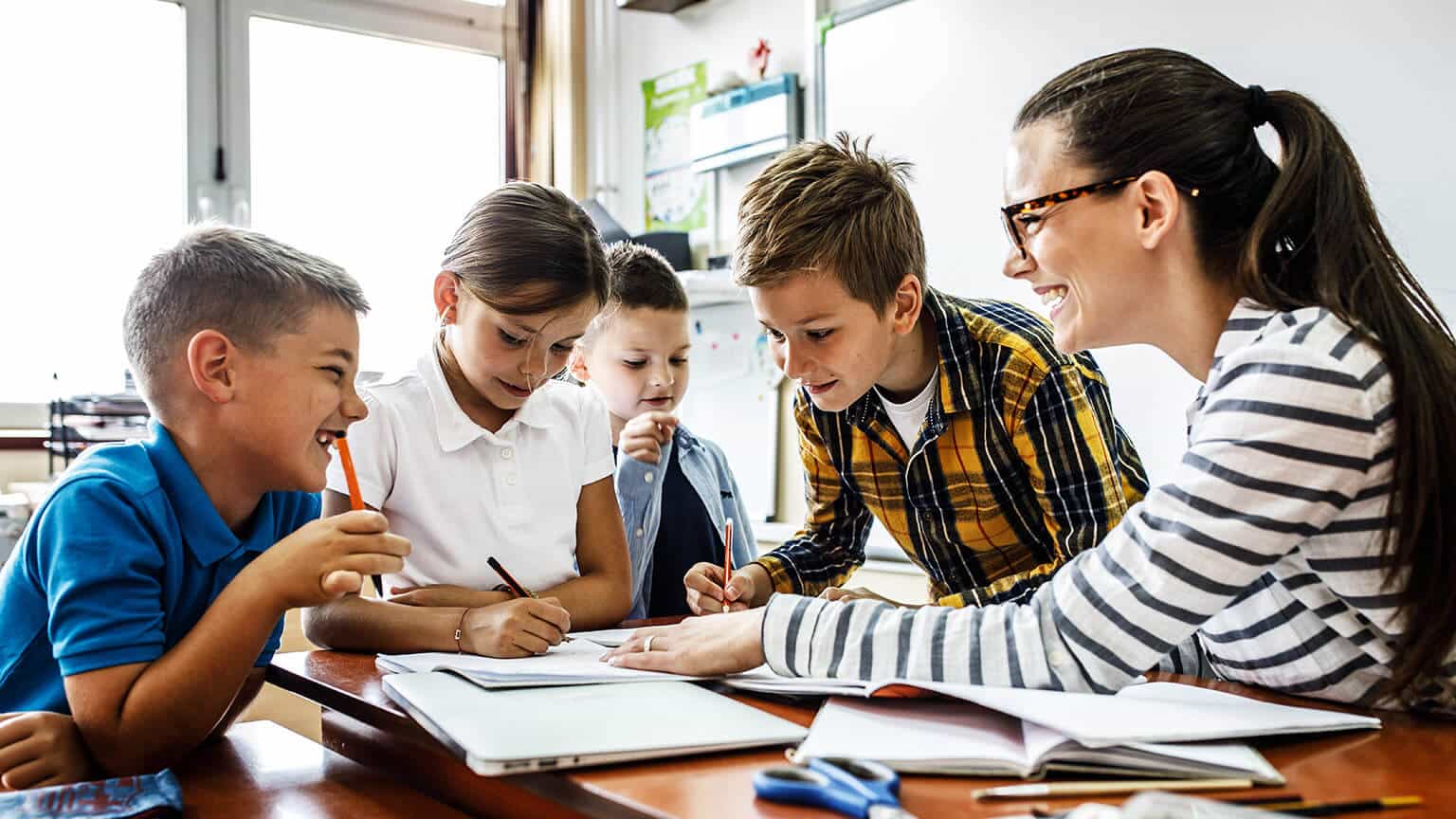You’re a teacher, and as a good teacher, you’re always striving to find new and innovative ways to include students with learning disabilities. Differentiated instruction—differentiating your teaching methods to address student diversity—is one of the best ways to achieve this goal.

This teaching practice allows you to meet the needs of all students in your class, regardless of their abilities, without systematically requiring outsourcing help and risking the relegation of students in difficulty.
This article reviews the benefits of differentiated instruction and offers practical tips for implementing it in your classroom. It will be followed by three other articles on the topic of differentiated instruction: the flexible classroom, the inclusive classroom, and the flipped classroom.
Educational differentiation in the face of heterogeneity
A classroom is inherently heterogeneous (social mix, gender mix, diversity of cultures, interests, academic motivations, etc.), and each teacher is faced with the challenge of managing this heterogeneity. Everyone must “give up on their teaching certainties” (Perrenoud) to deal with differences, adjust, and individualize their teaching methods without giving up on the collective.
Differentiated instruction is less a new method than an approach and a set of teaching strategies. It is an approach appreciated by teachers who want to adapt their teaching methods to the needs and abilities of each student.
To make learning accessible to all students, and therefore respond adequately to the heterogeneous nature of the class, the teacher adapts his or her teaching methods by varying the activities, materials and learning situations, depending on the specificities of the students and the knowledge to be transmitted. Pedagogical differentiation allows for more effective mediations to emerge between knowledge and students who can experience different relationships with the learning object.
Educational differentiation against academic failure
Undifferentiated instruction, as we know, tends to create gaps between students that can be reduced through differentiated instruction, but only if we know what and how to differentiate. Proper use of this pedagogy, through adequate differentiation of content, structures, processes, and outputs, can significantly support student success.
For example, if a child is lacking knowledge or students don’t understand new material, it may simply be because the pace is too fast for them. Differentiated instruction allows you to slow down, change the pace, and teach more effectively. The learning experience is more productive and enjoyable for the students involved. In other words, because it allows students to learn in the way that works best for them, differentiated instruction promotes improved academic performance and classroom motivation. The classroom climate is more positive, students are less stressed and more engaged in their learning.
Teaching in a differentiated way requires adaptation, but if you can overcome the obstacles, it will be beneficial for everyone. Of course, it’s not always easy to manage a class effectively, and this system is easier to implement when the number of students is small.
Making good use of differentiated teaching
Students learn differently, at their own pace, each with their own path and learning style, but they must acquire a common base of knowledge. The teacher will have to respond to these challenges. It is about offering personalized, varied, and diversified learning to meet the needs of each student but also to avoid boredom and monotony in the classroom due to excessive uniformity and repetitive tasks. Here are some suggestions for integrating pedagogical differentiation into daily classroom practice and activities:
-
Plan a learning activity with a pre-test. By assessing each student’s skills and abilities, this will help to better define the educational situation (student level, opportunities and challenges) and to adjust the teaching method (procedures, resources, materials, tasks to be completed) accordingly to the students’ characteristics.
-
Create an educational dialogue with the student engaged in a learning process. The child will be able to adjust better if he or she recognizes and puts into words his or her achievements and difficulties.
-
Vary the methods of intervention, diversify the working arrangements, personalize the educational activities according to the assessed needs and the students’ projects, and briefly present the pedagogical and didactic purposes of the different activities. By better understanding the directives and objectives, the child will be able to give more easily meaning to the learning.
-
Create different levels of difficulty for each task, present the same content differently, and provide a variety of appropriate educational resources. This will ensure that all students have the opportunity to participate and succeed in the activity.
-
Offer various supports to help students. This may include additional support, adaptations, task modifications, or the creation of needs groups.
-
Vary the teaching methods, for example, by running group sessions for educational purposes to encourage collaboration, mutual support, and solidarity between students.
-
Integrate assessment into student learning: self-assessing one’s work and progress, and seeing one’s work assessed by classmates and the teacher, allows students to learn to make the necessary efforts to achieve learning.
-
Differentiate the learning environment by arranging spaces according to the activities proposed and the groups that have been formed to achieve specific objectives.
Differentiated teaching thus makes it possible to avoid errors that are harmful to students, such as certain normative assessments that translate differences into inequalities, the use of methods that would be valid for each student, or even egalitarianism that would reduce differences to the same, to an identical approach for all students.
Conclusion
We have briefly presented the challenges of differentiated pedagogy, generally associated with socio-constructivist theories of learning. We have seen its main principles and, above all, the importance of using it in daily practice to meet the specific needs of different students and thus cope with the heterogeneity of the class.
Our articles on the inverted classroom, the flexible classroom, and the inclusive classroom should be read as variations on this particularly important notion of pedagogical differentiation.

